今天小编给大家分享一下SpringBoot Web静态资源规则与定制化怎么处理的相关知识点,内容详细,逻辑清晰,相信大部分人都还太了解这方面的知识,所以分享这篇文章给大家参考一下,希望大家阅读完这篇文章后有所收获,下面我们一起来了解一下吧。
Spring Boot 默认为我们提供了静态资源处理,使用 WebMvcAutoConfiguration 中的配置各种属性。
建议使用Spring Boot的默认配置方式,如果需要特殊处理的再通过配置文件进行修改。
如果想要自己完全控制WebMVC,就需要在@Configuration注解的配置类上增加@EnableWebMvc, 增加该注解以后WebMvcAutoConfiguration中配置就不会生效,你需要自己来配置需要的每一项(可以使用继承)。
默认只要静态资源放在类路径(resources)下:
/static
/public
/resources
/META-INF/resources
浏览器访问: 当前项目根路径/ + 静态资源名
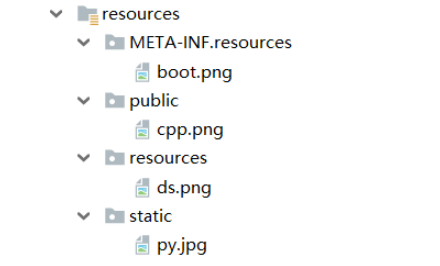
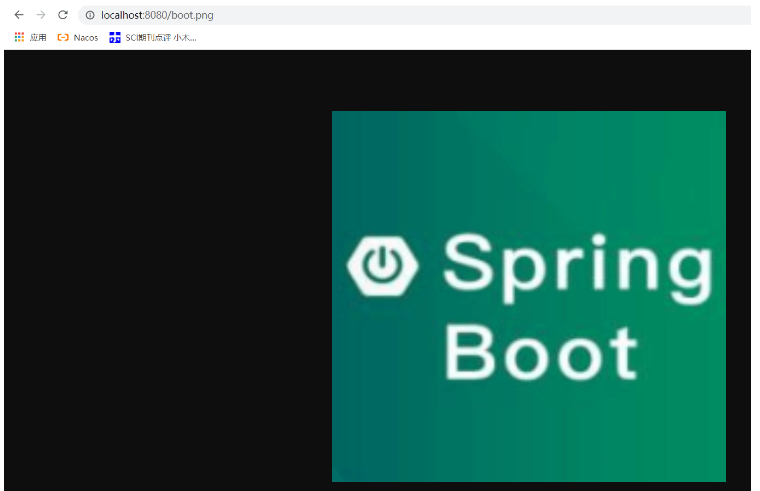
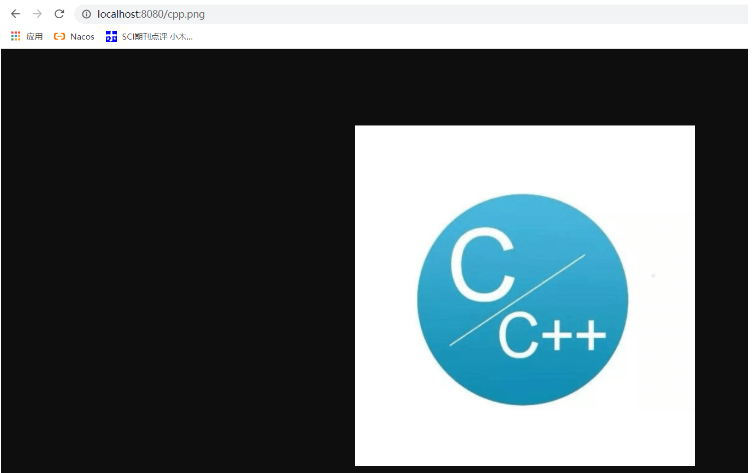
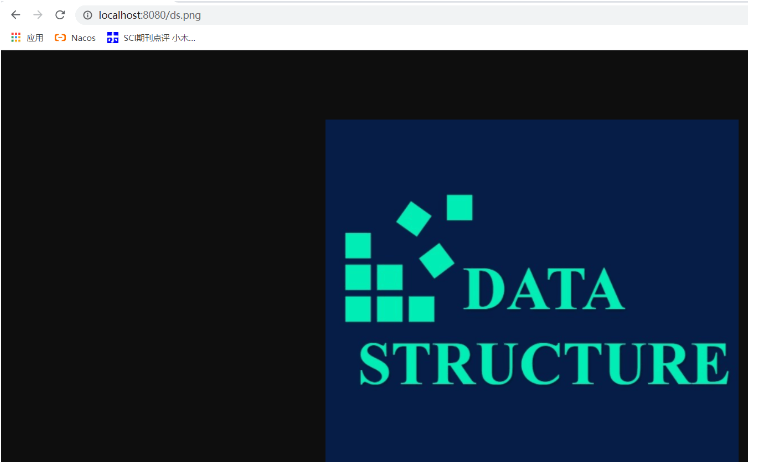

请求进来,先去找Controller看能不能处理。不能处理的所有请求又都交给静态资源处理器。静态资源也找不到则响应404页面。
我们在controller里写个测试方法来测试一下

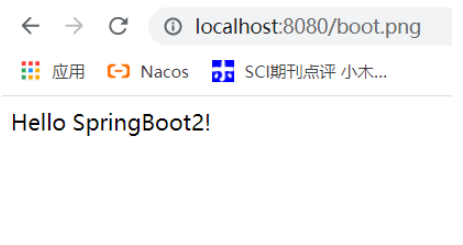
把controller里的方法注释后

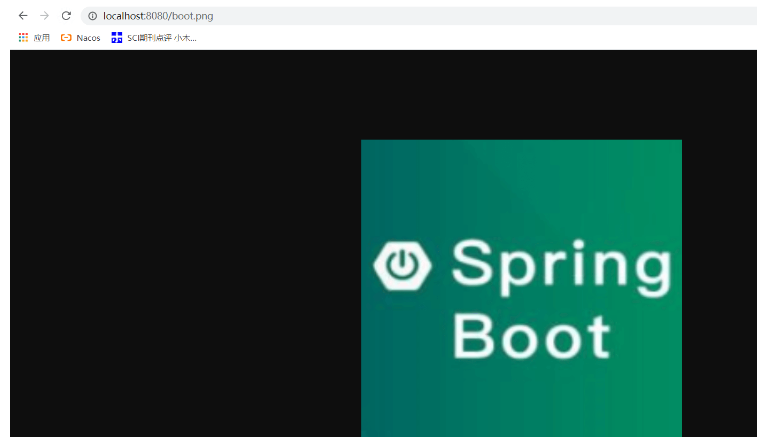
也可以改变默认的静态资源路径,/static,/public,/resources, /META-INF/resources失效
application.properties
#静态资源路径
spring.resources.static-locations=classpath:/dir1/,classpath:/dir2/
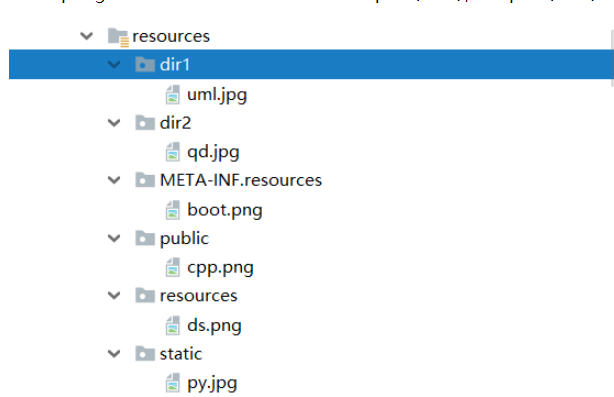
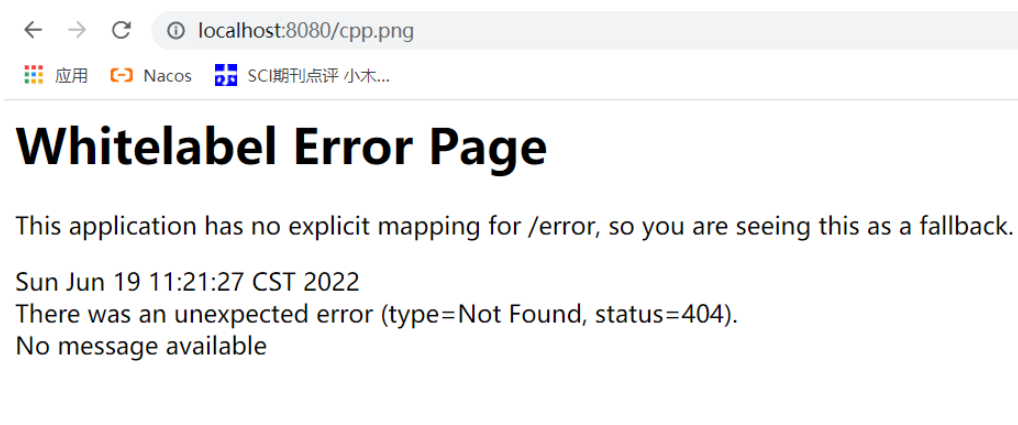


application.properties
#静态资源访问前缀, 就是浏览器网址路径加前缀
spring.mvc.static-path-pattern=/res/**


就是网址上没有访问映射时, 会自动跳转到欢迎页,
静态资源路径下 index.html。
可以配置静态资源路径
但是不可以配置静态资源的访问前缀。否则导致 index.html不能被默认访问
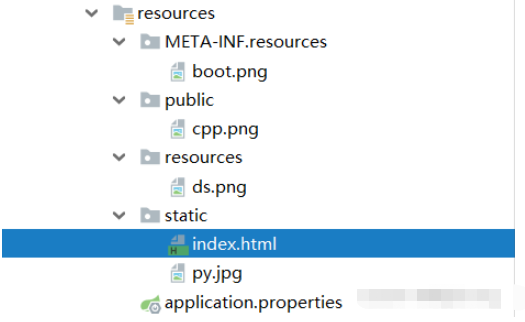
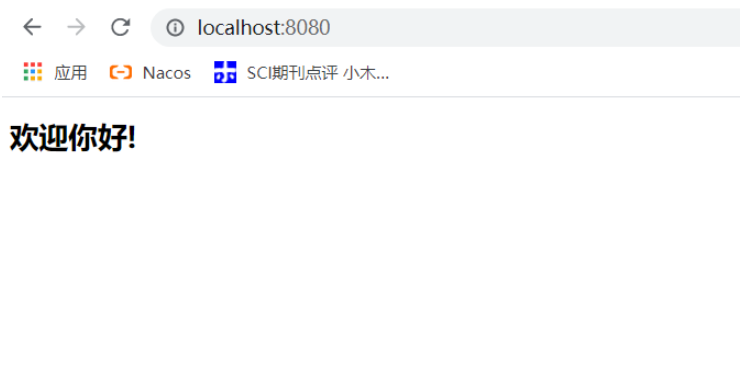
指网页标签上的小图标。
favicon.ico 放在静态资源目录下即可。

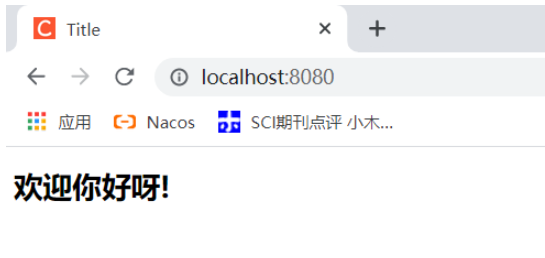
SpringBoot启动默认加载 xxxAutoConfiguration 类(自动配置类)
SpringMVC功能的自动配置类WebMvcAutoConfiguration生效
@AutoConfiguration(
after = {DispatcherServletAutoConfiguration.class, TaskExecutionAutoConfiguration.class, ValidationAutoConfiguration.class}
)
@ConditionalOnWebApplication(
type = Type.SERVLET
)
@ConditionalOnClass({Servlet.class, DispatcherServlet.class, WebMvcConfigurer.class})
@ConditionalOnMissingBean({WebMvcConfigurationSupport.class})
@AutoConfigureOrder(-2147483638)
public class WebMvcAutoConfiguration {
public static final String DEFAULT_PREFIX = "";
public static final String DEFAULT_SUFFIX = "";
public static final PathPatternParser pathPatternParser = new PathPatternParser();
private static final String SERVLET_LOCATION = "/";
public WebMvcAutoConfiguration() {
}给容器中配置的内容:
配置文件的相关属性的绑定:WebMvcProperties == spring.mvc、WebProperties==spring.web
@Import({WebMvcAutoConfiguration.EnableWebMvcConfiguration.class})
@EnableConfigurationProperties({WebMvcProperties.class, WebProperties.class})
@Order(0)
public static class WebMvcAutoConfigurationAdapter implements WebMvcConfigurer, ServletContextAware {
private static final Log logger = LogFactory.getLog(WebMvcConfigurer.class);
private final Resources resourceProperties;
private final WebMvcProperties mvcProperties;
private final ListableBeanFactory beanFactory;
private final ObjectProvider<HttpMessageConverters> messageConvertersProvider;
private final ObjectProvider<DispatcherServletPath> dispatcherServletPath;
private final ObjectProvider<ServletRegistrationBean<?>> servletRegistrations;
private final WebMvcAutoConfiguration.ResourceHandlerRegistrationCustomizer resourceHandlerRegistrationCustomizer;
private ServletContext servletContext;配置类只有一个有参构造器
public WebMvcAutoConfigurationAdapter(WebProperties webProperties, WebMvcProperties mvcProperties, ListableBeanFactory beanFactory, ObjectProvider<HttpMessageConverters> messageConvertersProvider, ObjectProvider<WebMvcAutoConfiguration.ResourceHandlerRegistrationCustomizer> resourceHandlerRegistrationCustomizerProvider, ObjectProvider<DispatcherServletPath> dispatcherServletPath, ObjectProvider<ServletRegistrationBean<?>> servletRegistrations) {
this.resourceProperties = webProperties.getResources();
this.mvcProperties = mvcProperties;
this.beanFactory = beanFactory;
this.messageConvertersProvider = messageConvertersProvider;
this.resourceHandlerRegistrationCustomizer = (WebMvcAutoConfiguration.ResourceHandlerRegistrationCustomizer)resourceHandlerRegistrationCustomizerProvider.getIfAvailable();
this.dispatcherServletPath = dispatcherServletPath;
this.servletRegistrations = servletRegistrations;
this.mvcProperties.checkConfiguration();
}ResourceProperties resourceProperties;获取和spring.resources绑定的所有的值的对象
WebMvcProperties mvcProperties 获取和spring.mvc绑定的所有的值的对象
ListableBeanFactory beanFactory Spring的beanFactory
HttpMessageConverters 找到所有的HttpMessageConverters
ResourceHandlerRegistrationCustomizer 找到 资源处理器的自定义器。
DispatcherServletPath
ServletRegistrationBean 给应用注册Servlet、Filter…
资源处理的默认规则
public void addResourceHandlers(ResourceHandlerRegistry registry) {
if (!this.resourceProperties.isAddMappings()) {
logger.debug("Default resource handling disabled");
} else {
this.addResourceHandler(registry, "/webjars/**", "classpath:/META-INF/resources/webjars/");
this.addResourceHandler(registry, this.mvcProperties.getStaticPathPattern(), (registration) -> {
registration.addResourceLocations(this.resourceProperties.getStaticLocations());
if (this.servletContext != null) {
ServletContextResource resource = new ServletContextResource(this.servletContext, "/");
registration.addResourceLocations(new Resource[]{resource});
}
});
}
}根据上述代码,我们可以同过配置禁止所有静态资源规则。
application.properties
#禁用所有静态资源规则
spring.web.resources.add-mappings=false
静态资源处理规则:
public static class Resources {
private static final String[] CLASSPATH_RESOURCE_LOCATIONS
= new String[]{"classpath:/META-INF/resources/", "classpath:/resources/", "classpath:/static/", "classpath:/public/"};
private String[] staticLocations;
private boolean addMappings;
private boolean customized;
private final WebProperties.Resources.Chain chain;
private final WebProperties.Resources.Cache cache;欢迎页处理规则:
@Bean
public WelcomePageHandlerMapping welcomePageHandlerMapping(ApplicationContext applicationContext, FormattingConversionService mvcConversionService, ResourceUrlProvider mvcResourceUrlProvider) {
WelcomePageHandlerMapping welcomePageHandlerMapping = new WelcomePageHandlerMapping(new TemplateAvailabilityProviders(applicationContext), applicationContext, this.getWelcomePage(), this.mvcProperties.getStaticPathPattern());
welcomePageHandlerMapping.setInterceptors(this.getInterceptors(mvcConversionService, mvcResourceUrlProvider));
welcomePageHandlerMapping.setCorsConfigurations(this.getCorsConfigurations());
return welcomePageHandlerMapping;
} WelcomePageHandlerMapping(TemplateAvailabilityProviders templateAvailabilityProviders, ApplicationContext applicationContext, Resource welcomePage, String staticPathPattern) {
if (welcomePage != null && "/**".equals(staticPathPattern)) {
logger.info("Adding welcome page: " + welcomePage);
this.setRootViewName("forward:index.html");
} else if (this.welcomeTemplateExists(templateAvailabilityProviders, applicationContext)) {
logger.info("Adding welcome page template: index");
this.setRootViewName("index");
}
}以上就是“SpringBoot Web静态资源规则与定制化怎么处理”这篇文章的所有内容,感谢各位的阅读!相信大家阅读完这篇文章都有很大的收获,小编每天都会为大家更新不同的知识,如果还想学习更多的知识,请关注亿速云行业资讯频道。
免责声明:本站发布的内容(图片、视频和文字)以原创、转载和分享为主,文章观点不代表本网站立场,如果涉及侵权请联系站长邮箱:is@yisu.com进行举报,并提供相关证据,一经查实,将立刻删除涉嫌侵权内容。